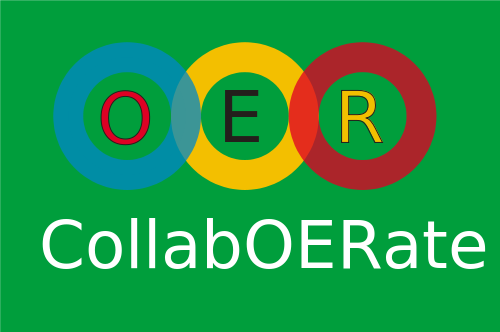Definition
The concept of open education encapsulates a simple but powerful idea that the world’s knowledge is a public good and that the open web provides an extraordinary opportunity for everyone to share, use, and reuse knowledge.[1]
Free Educational Resources
Open Educational Resources (OER) are basically freely available and Internet-based, educational content and curriculum which includes educational media and resource tools. The dramatic increase of free Web 2.0 software tools has enabled teachers to create new learning experiences online.
| The only key differentiator between an OER and any other educational resource is its licence. |
The open web combined with open content licensing provides us with the technology to freely distribute learning materials. In the past decade or so, in the post-secondary environment, this has largely meant sharing lecture notes and PowerPoint presentations used in face-to-face lectures.
Open is fundamentally about open licensing. Open is the legal right to:
- reuse,
- revise,
- remix,
- and redistribute
without first requesting permission from the copyright holder (A Basic Guide to Open Educational Resources). Audacity and Screenr are being used in education for quick and easy audio and screen captures. Students can participate in group writing projects using Google docs. Instructors are distributing presentations and tutorials on Slideshare, Vimeo , and YouTube. There are many more, and new ones are continually being added.
FREE
An important notion of the OER movement is that educational resources should be free for teachers and students to use. OER must be accessible at no-cost to the user (gratis) To qualify as OER, there must always be a version of the materials freely accessible at no-cost to the user. Distributors of OER content may charge for packaging, distribution or value-added services, but a version of the OER is always available at no-cost. Flickr, Wikimedia, and Morgue File, for example, are image repositories that allow people to use their files under different licensing agreements.
TEXTBOOKS
Open textbooks can range from public domain books to existing textbooks to textbooks created specifically for OER. In a wide range of disciplines, open textbooks are available to download and print in various file formats online from web repositories.
Open textbooks help solve the problem of the high cost of textbooks, book shortages, and access to textbooks for interactive learning. Open is a way to significantly reduce the student cost of education, especially textbooks.
Content on this page was sourced, revised and remixed from:
